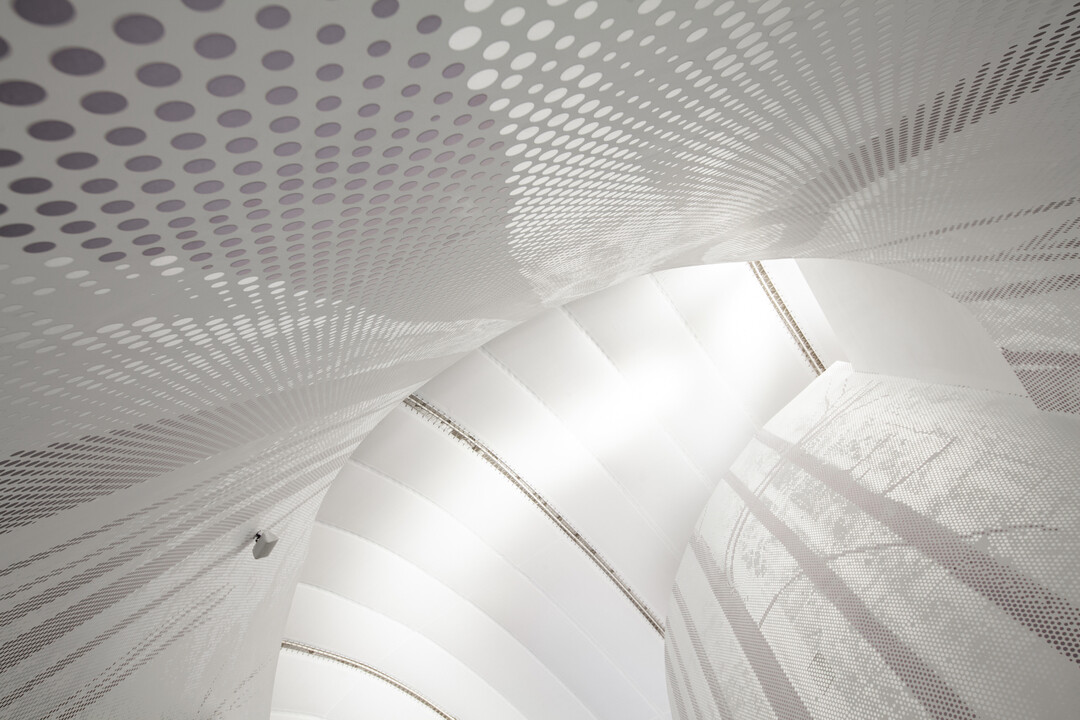
Members Only
Please join as a member and click "Members Only" to read more complete articles and exclusive content.

Please join as a member and click "Members Only" to read more complete articles and exclusive content.
具有建築設計背景的佐藤大(Oki Sato)再度發揮鬼才創意,運用預鑄箱型涵洞(箱形混凝土結構),結合預力樑工法,打造出一座箱涵建築。整體結構由四個箱涵隧道,以井字型堆疊而成,中間覆蓋屋頂,每個箱涵隧道大小不一,最長可達40公尺,室內則是2 x 2.3公尺的細長形隧道空間。由於建築主要用途為儲藏物品,40公尺隧道是此處最狹長的儲藏室,另外還有兩處儲藏空間,廚房、衛浴、衛生間等用水設施,全數設置於一樓。橫貫在二樓的箱涵隧道便為旅宿,設有臥室和書房。
箱涵隧道是由事先在工廠預鑄的方形涵洞,以製作橋樑的預力樑工法,對齊、綑綁而成。總共使用了63個方形涵洞,每個涵洞重約12公噸,每個隧道各都運用14條金屬鐵絲連接著,完整對齊後,必須不斷收緊鐵絲,直到每根鐵絲都施加46噸的張力,才完成無縫光滑的表面,達到穩固的密封性和耐用度。獨特的建築結構意味著許多挑戰。井字型堆疊的箱涵隧道之間,存在著空隙,nendo將此些空隙變成建築窗景,並盡可能不使用金屬窗框,利用日本傳統和室常見的襖(ふすま)和障子(しょうじ)橫拉門,轉化為長達10公尺的高透明玻璃,輕透無限的窗景若有似無,迎入周遭盈滿綠意茂盛的松葉林。
箱涵隧道的兩端開口,同樣是玻璃窗景,睡覺的時候看著窗外星空,望向窗外的浴缸也採用降板設計,使水面與戶外地板齊高,呈現更為流暢延伸的隧道延伸感。白色屋頂下的中心場域,將礫石與植物從戶外延續到室內,為便於行走,室內地板先鋪上一層樹脂,接著鋪上礫石,等樹脂硬化發揮黏著度,行走時石頭就不會隨著步伐而移動。「由此產生的空間不是建築,而是一個將土木工程概念與產品設計細節相互結合的設計作品」-nendo